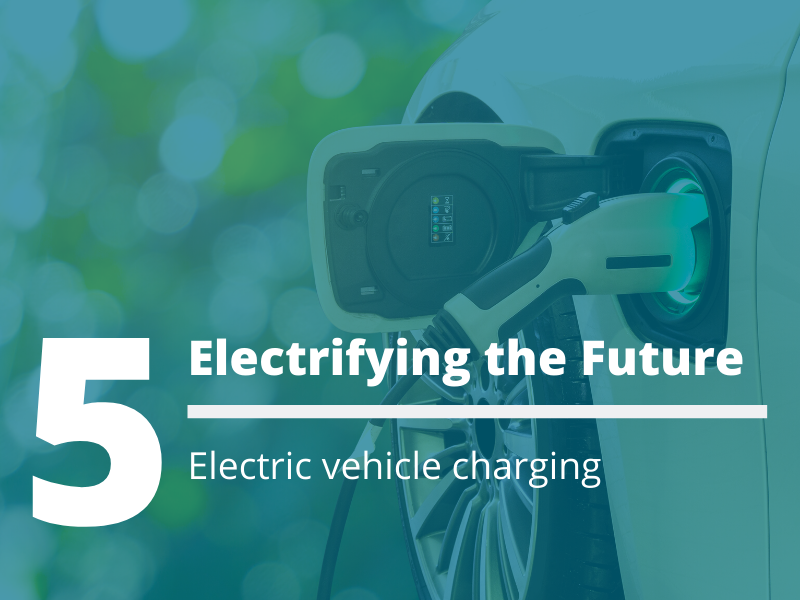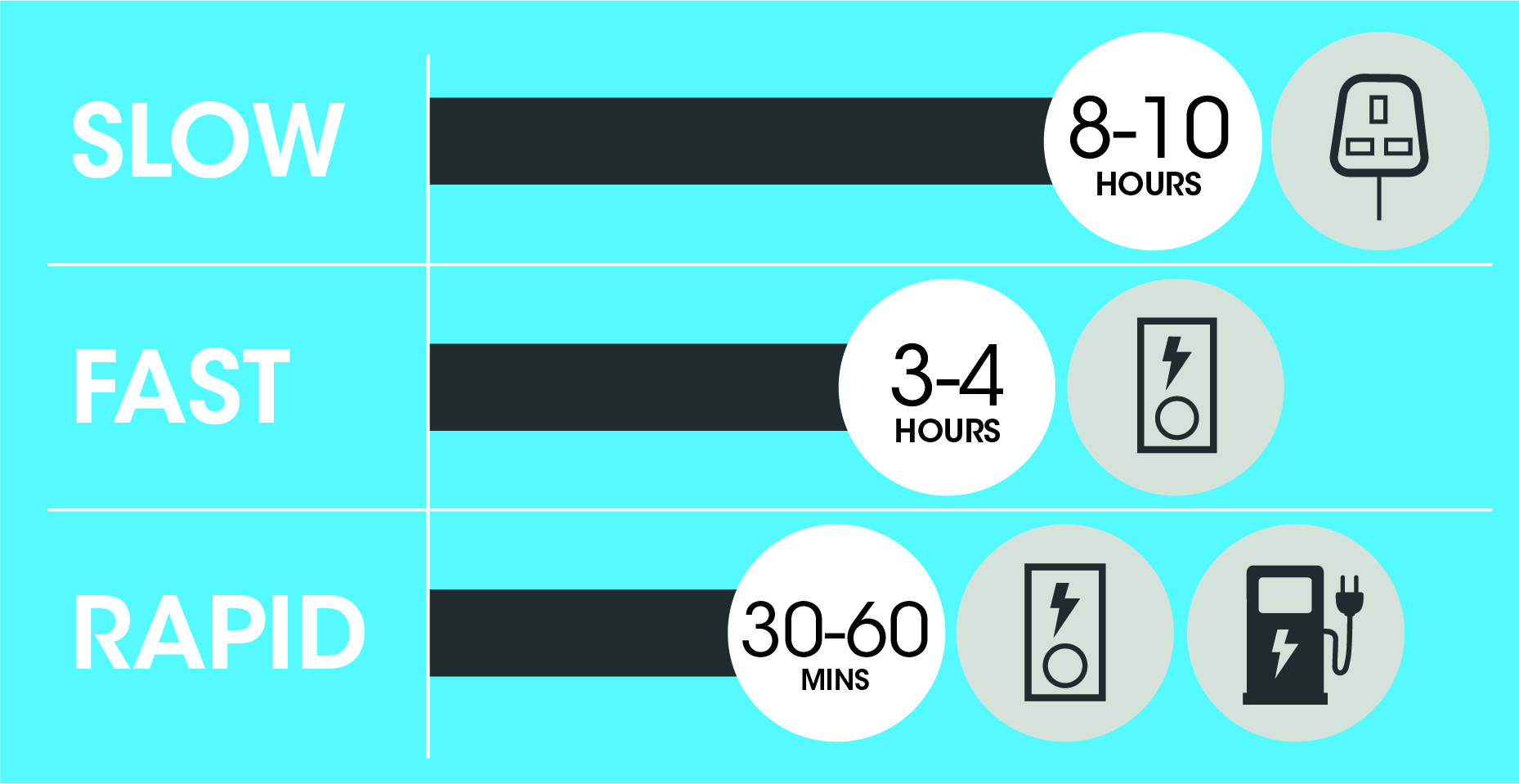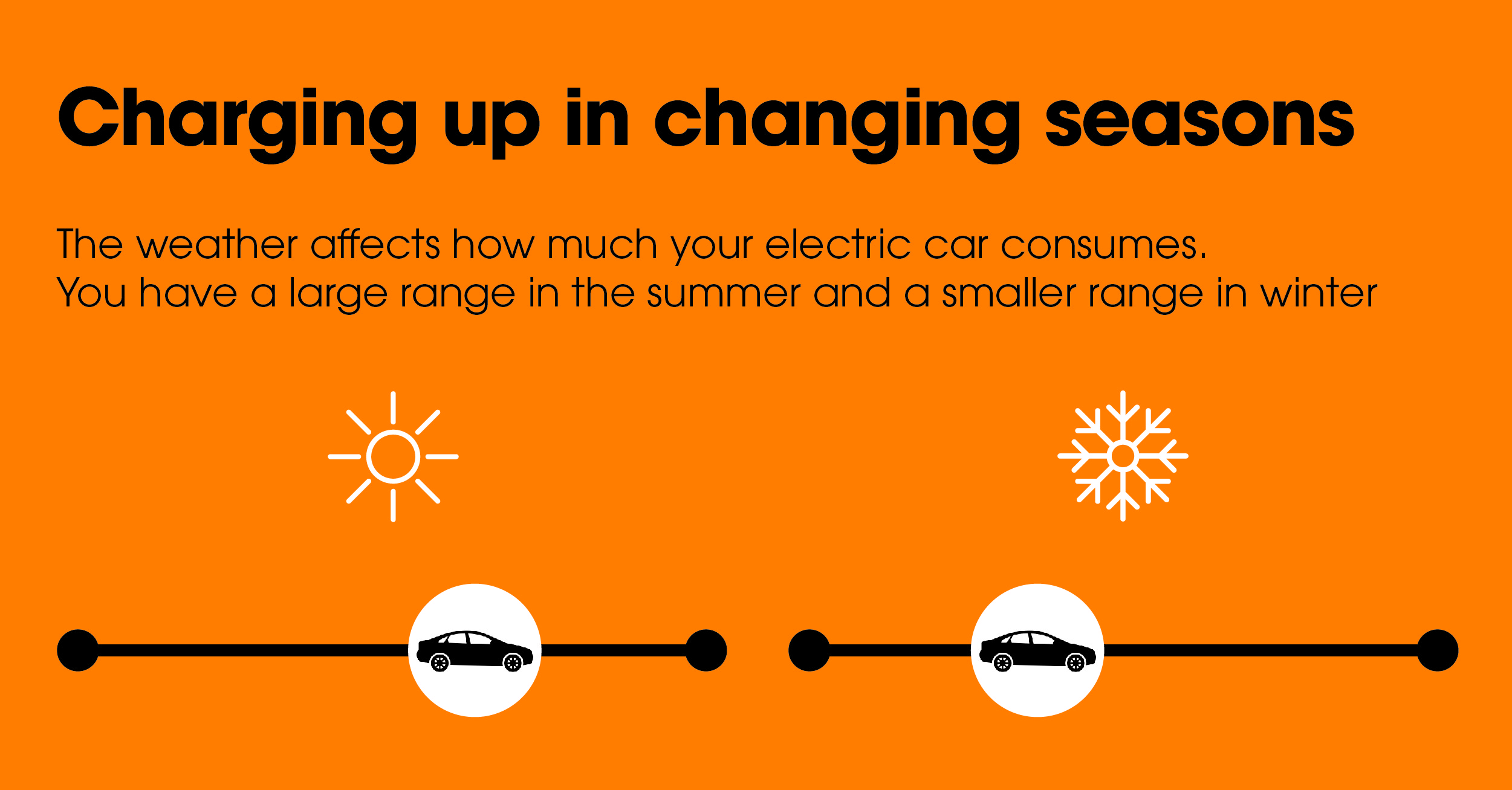Extreme weather – very hot or very cold – impacts battery range in EVs. The additional heating or cooling needed for passenger comfort requires more energy than more moderate temperatures would. Cold batteries also have greater resistance to charging and do not hold a charge as well.
3rd December 2019
Electric Vehicle Charging

Electric vehicles clearly reduce tailpipe emissions but some people continue to question how sustainable they are, when you use electricity from the grid to run them.
However, from January to May 2019, Britain generated more power from zero carbon sources than fossil fuels for the first time since the industrial revolution.
With the electricity grid continuing to decarbonise, the immediate sustainability value – as well as cost-saving potential – of opting for an ultra-low emission vehicle (ULEV) is clear. Technological advancement is also putting to bed ‘range anxiety’: 200 miles-plus on a single charge is now very common, and battery ranges are rising rapidly.
How to charge an electric vehicle
You can charge an electric vehicle either by plugging it into a 13 amp socket to take electricity from the grid or by plugging into a socketed or tethered charging point.

There are three main types of EV charging –slow, fast and rapid. These represent the power outputs, and therefore charging speeds, available to charge an EV. Note that power is measured in kilowatts (kW).
Slow units (up to 3 kW) are best used for overnight charging and usually take between 8 and 10 hours for a pure-EV, or 2-4 hours for a PHEV. EVs charge on slow devices using a cable which connects the vehicle to a 3-pin or Type 2 socket.
Fast chargers include those which provide power from 7 kW to 22 kW, which typically fully charge an EV in 3-4 hours. Common fast connectors are a tethered Type 1 or a Type 2 socket (via a connector cable supplied with the vehicle).
Rapid chargers are one of two types – AC or DC [Alternating or Direct Current]. Current Rapid AC chargers are rated at 43 kW, while most Rapid DC units are at least 50 kW. Both will charge the majority of EVs to 80% in around 30-60 minutes (depending a battery capacity).

- Drivers have the freedom to charge at home, at work or on the go. Charging points can be found at many supermarkets, leisure centres and car parks.
- It’s easiest to have an electric car charge-point fitted at home, but all electric cars can be plugged in with a regular 3-pin socket.
- EV Home Charge Scheme – The Electric Vehicle Homecharge Scheme (EVHS) provides grant funding of up to £500 towards the cost of installing electric vehicle chargepoints at domestic properties across the UK with off-street parking.
- A searchable map of the UK’s ever-growing network of public charging points can be found at zap-map.com

There are many things drivers can do to improve the efficiency of their vehicles. Here are some specific tips for EVs:
- Use accessories wisely: Accessories such as heating, air conditioning, and entertainment systems affect fuel economy on all vehicles, but can have a greater effect on EVs. However, using seat warmers instead of the cabin heater can save energy and extend range.
- Use the economy mode: Many EVs come with an “economy mode” or similar feature that maximizes the vehicle’s fuel economy. In some vehicles, this mode can be activated by simply pressing a button. The economy mode may limit other aspects of the vehicle’s performance, such as acceleration rate, to save fuel.
- Plan ahead before driving: Pre-heating or pre-cooling the cabin of an all-electric or plug-in hybrid electric vehicle while it is still plugged in can extend its electric range, especially in extreme weather.
- Avoid hard braking and anticipate braking: This allows the vehicle’s regenerative braking system to recover energy from the vehicle’s forward motion and store it as electricity. Hard braking causes the vehicle to use its conventional friction brakes, which do not recover energy.
- Observe the speed limit: Efficiency usually decreases rapidly at speeds above 50 mph.
Stay tuned for part 6 next week, where we will be looking at the benefits of electric vehicles for drivers.